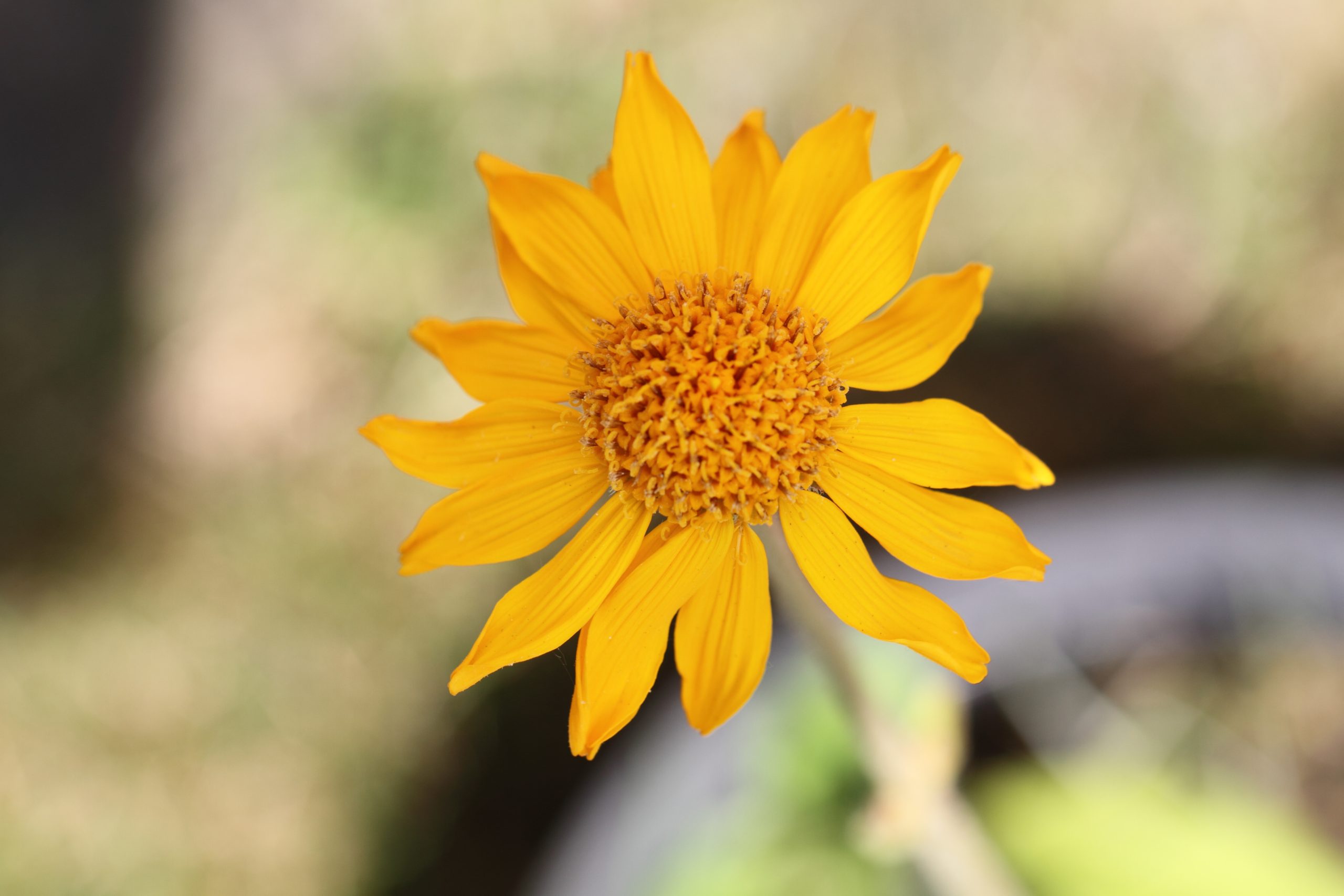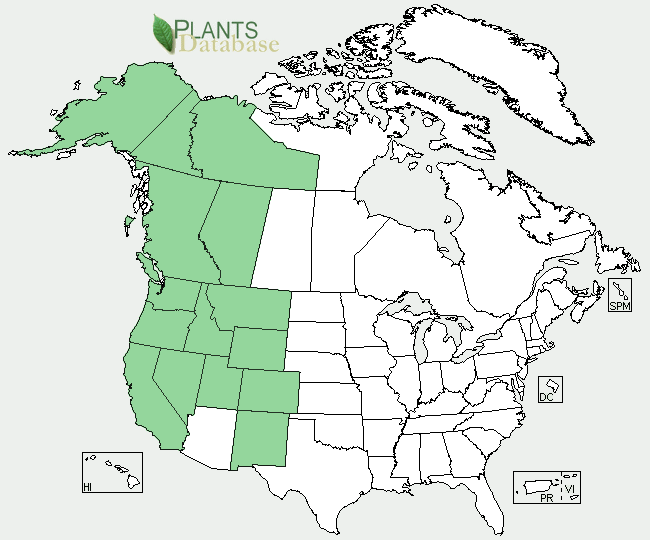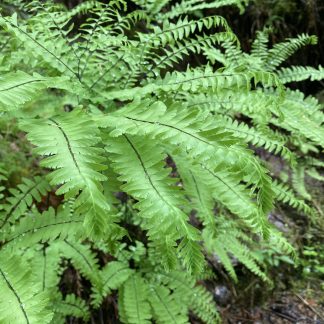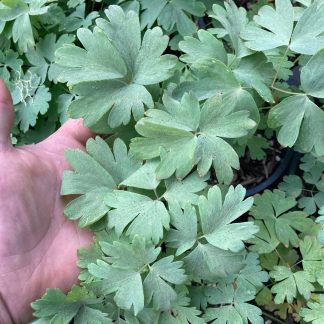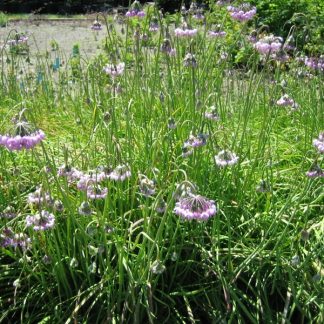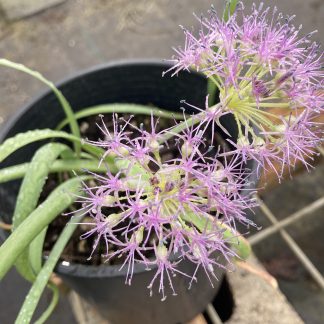Arnica latifolia
mountain arnica
Habit: Arnica latifolia is a lovely perennial herb, which grows from slender, creeping rhizomes. It has erect, often unbranched stems, 5-20 inches tall. Its few stem leaves grow in pairs, and are larger along the bottom half of the stem (1-4 inches long). Several smaller leaves, supported on long leafstalks, emerge from the base of the plant. Blades are elliptic to lanceolate and covered sparsely with hairs and glands; margins are coarsely toothed. Mountain arnica has attractive flowerheads which typically occur singly or in clusters of 3-5 at the end of short leafstalks. The corolla consists of numerous disk flowers surrounded by 8-12 yellow ray florets, the later are conspicuously notched at the tips.
Ecology: inhabits moist to moderately dry forests, clearings, riverbanks, meadows, and rocky slopes, from sub-alpine to alpine zones. Widespread, yet scattered throughout Northwestern America. Its native range extends from Alaska and British Columbia to Central California and Utah, and eastward to Montana, Wyoming and Colorado.
Growing conditions: mountain arnica is ideal for a moist, sunny wild garden. However, it should be managed with caution to avoid undesired spreading of rhizomes.
Arnica species have been widely used in Europe and North America as a herbal medicine. When properly diluted in a solution, it can be ingested in order to raise body temperature, but in larger quantities may be hazardous. Its topic use is more common, and recommended for the treatment of a variety of ailments, from sore muscles and sprains to insect bites, minor wounds and burns.
Specs
Herbaceous Perennial
6-30 inches (15-80 cm)
1-3 feet (30- 90 cm)
Hard to zone 2

